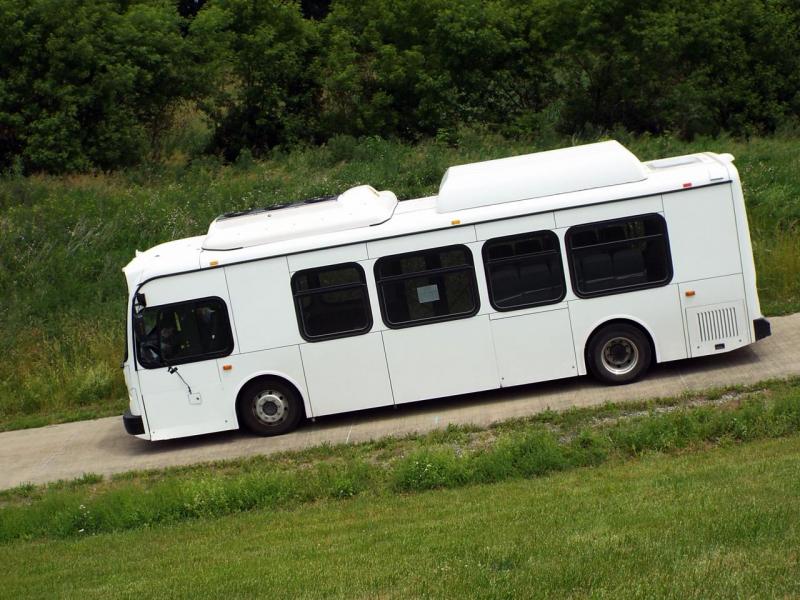Bus Testing Program Background

Authority
Federal transportation Law (49 U.S.C. § 5318 (“Section 5318”)) requires the Secretary of Transportation to test new bus models for maintainability, reliability, safety, performance (including braking performance), structural integrity, fuel economy, emissions, and noise. Section 5318 also requires the Secretary to assign a numeric score to a bus model based on the results of each of the above tests, and issue a "pass/fail" rating for each tested bus model based on its weighted aggregate score.
Applicability
A bus model must meet the Bus Testing requirements of Section 5318 to be eligible for Chapter 53 FTA grant assistance. FTA Bus Testing is not required for bus models acquired without FTA grant assistance.
Implementation
The FTA’s Bus Testing Program implements the Section 5318 requirements under FTA’s Bus Testing Regulation, 49 CFR Part 665. The current “Pass/Fail” version of the Bus Testing Regulation became effective on October 31, 2016. See the Bus Testing Reports page for more information.
The Thomas D. Larson Pennsylvania Transportation Institute (LTI) of the Pennsylvania State University operates the Altoona Bus Testing Center on behalf of FTA.
Impact
In the three decades since the creation of the Bus Testing Program, over 500 new bus models have been tested, resulting in over 10,000 documented failures, dozens of which could have resulted in serious injuries or significant property damage had they occurred in revenue service. Many of these failure modes would have adversely impacted service (e.g., resulted in road calls with stranded passengers), and all would have increased maintenance costs and required corrective maintenance actions. The significant durability test mileage conducted by the program aids in the identification of structural issues that could prevent the bus model from operating economically over the period designated by its service life category. By testing new bus models before they are purchased, recipients and manufacturers can often identify and address potential design, manufacturing, and component selection problems before building a fleet of buses. The costs and time for testing are more than offset by the potential for avoiding substantial fleet maintenance costs and service disruptions.
